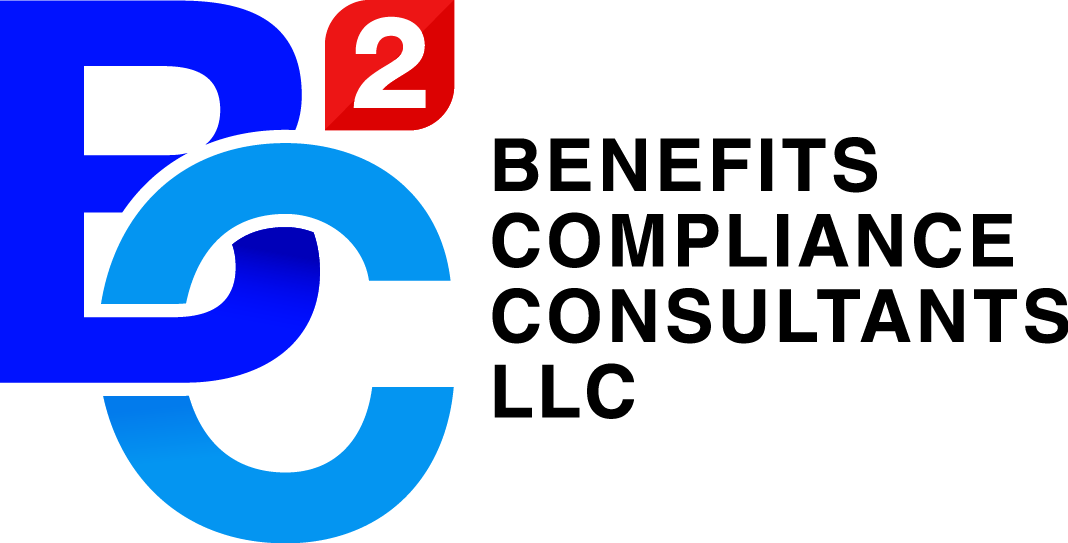ERISA Procedures For Disability Provider Plans Went Into Effect April 1
For employers that sponsor a disability benefit plan governed by ERISA, March and April of 2018 represent an important period of time. Claims filed later than April 1 must be in compliance with a new Department of [...]

